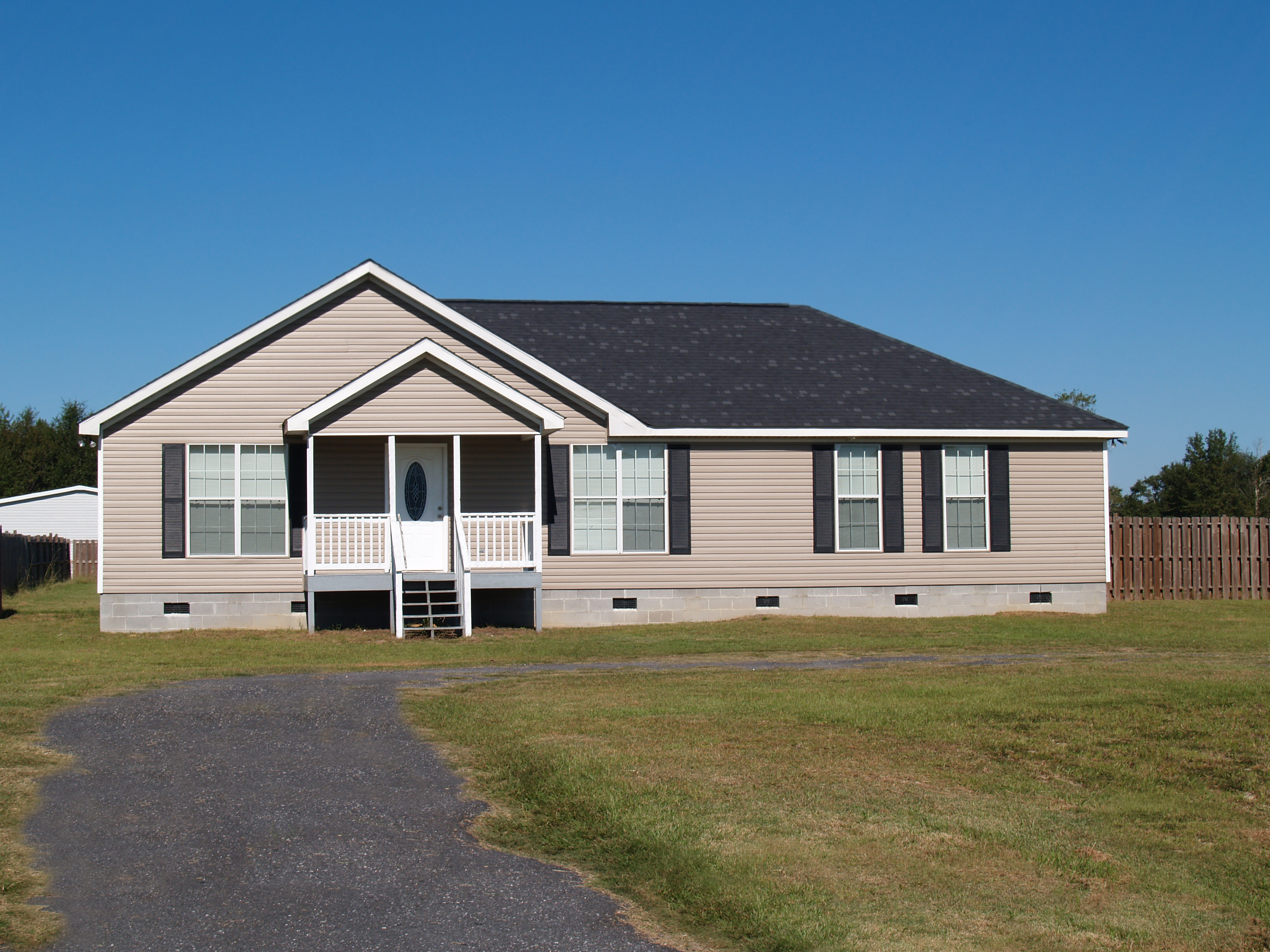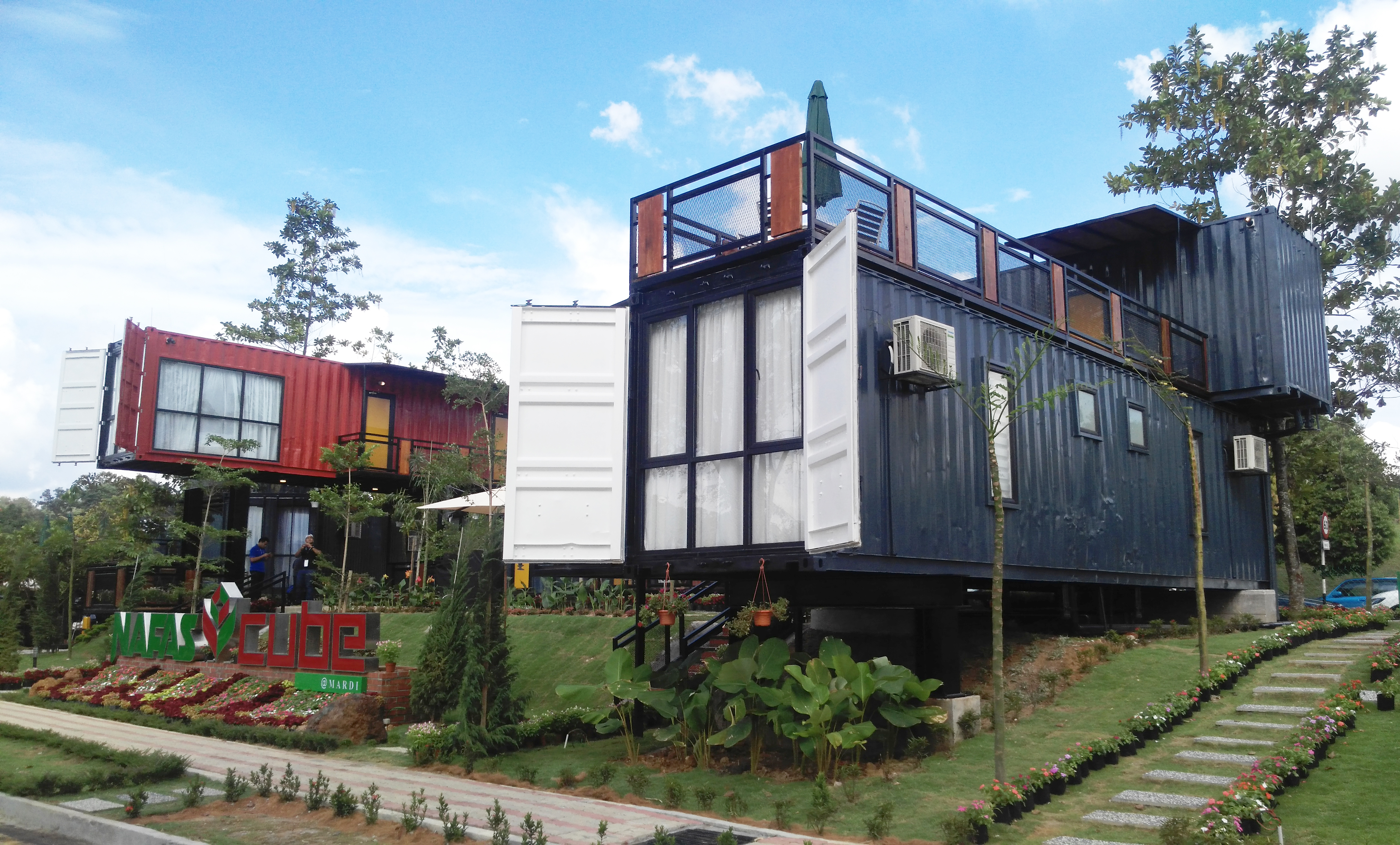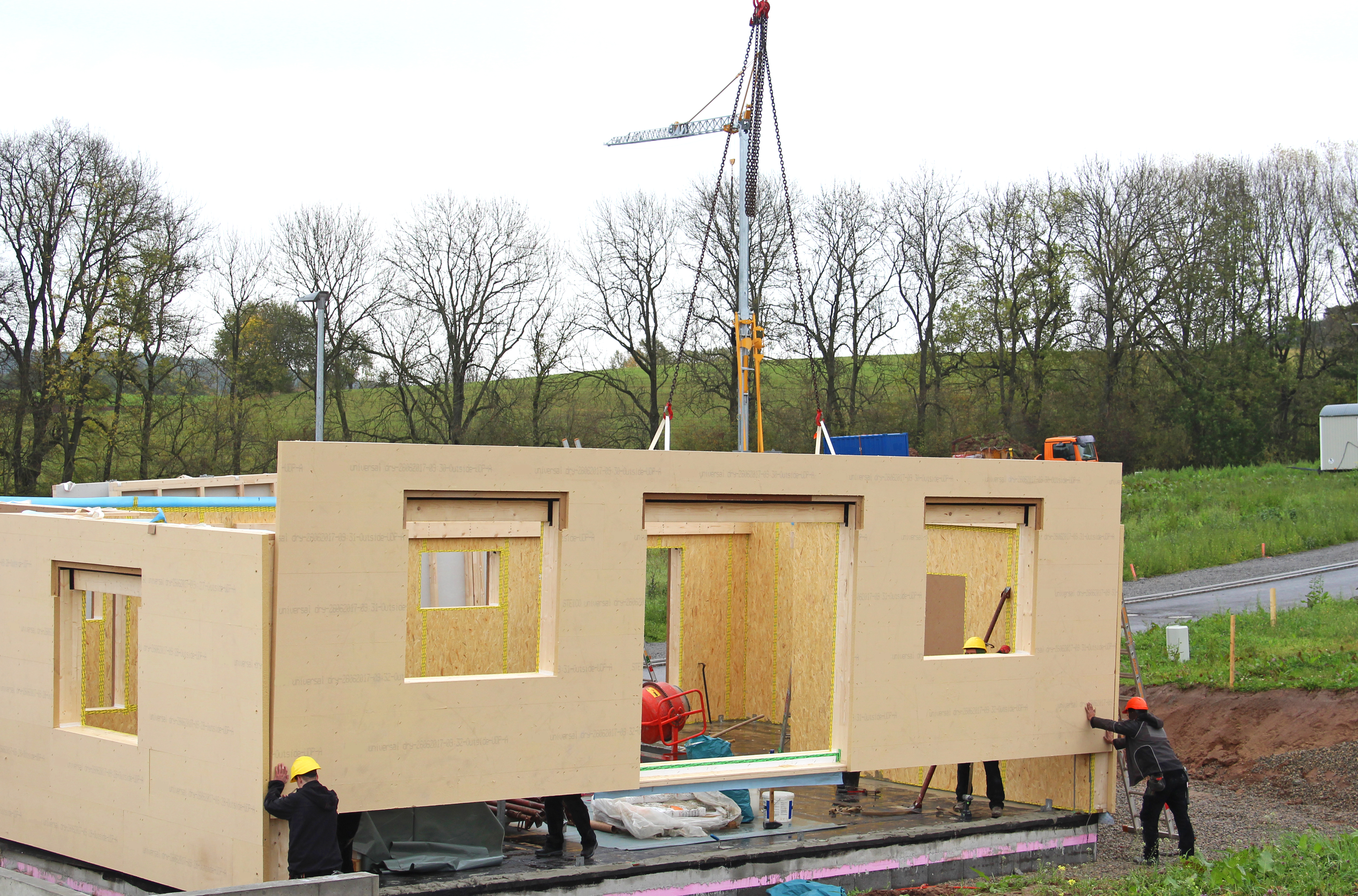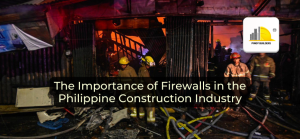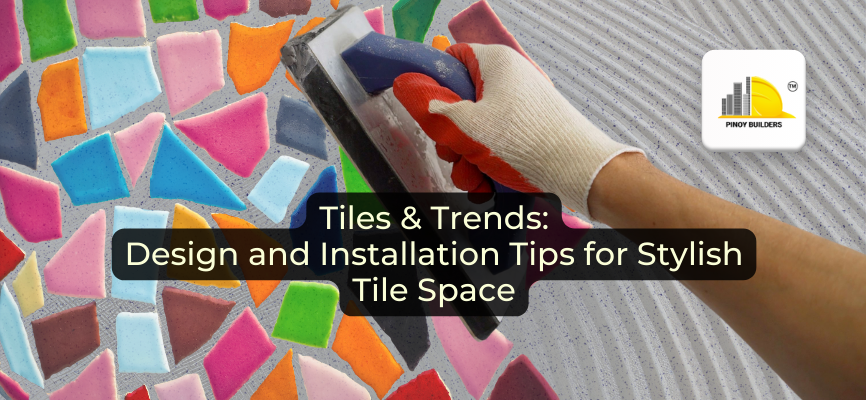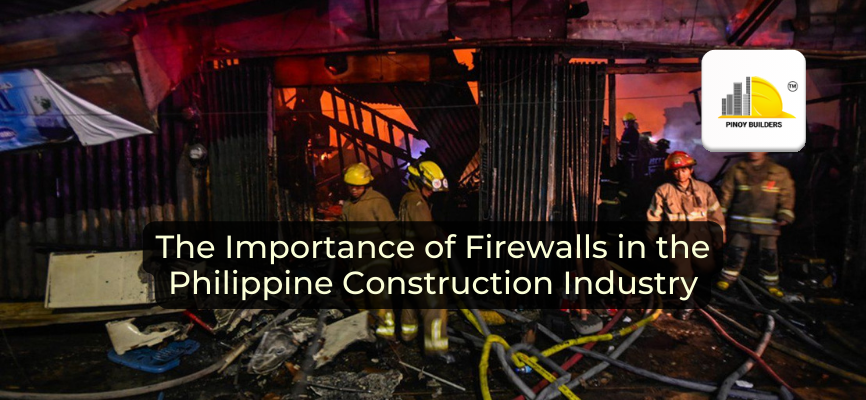The basic gist of prefabricated homes is that they are structures where parts of it or the entirety is built offsite. The construction is done in a controlled environment and, depending on the agreement between the firm and the client, is shipped off to the designated build area once it is done.
There are three types of prefabrication processes: Panel-Built, Manufactured, and Modular. The first one refers to the offsite manufacturing of basic building materials alone, like walls, roofs, and panels. Most of the construction work is still done at the build site. This method gives an assurance of quality and less material waste compared to traditional means.
Manufactured homes, on the other hand, refers to the offsite construction of entire homes. Everything is built and ready with only the transporting of the materials and the anchoring process left in the process. Little to none of the house-related construction is done after the transport phase.
A manufactured home. Notice the cement block foundation.
Confusingly, the term “prefabricated home” is considered to be synonymous with modular homes. In a sense, it is true, but modular construction is a type of prefab, while prefab itself refers to the act of offsite fabrication. Modular homes operate similarly to manufactured homes, but with an interesting characteristic. These homes are a type of prefab where companies build pre-assembled modules that are designed to be stacked or built with other modules. These are then interconnected to form a new building. Modules can be added and removed at any time.
Modular Homes. Unique and somewhat more stylish than studio type condos.
Modular homes are sometimes known for being visually unique— many companies utilize old shipping containers and convert them into living spaces. They are not exclusive to the familiar look of modernized shotgun houses and may bear any simple house style a client could want.
Because prefabricated homes are built elsewhere, they are not subjected to the mercy of the weather. The main advantage of the method focuses on the safety aspects it brings to the builders. In return, the quality of the houses is better monitored and the chances of construction delays are slim to none. And just because they were made elsewhere does not mean it is less durable than traditionally built homes. These buildings were made to withstand hard winds and heavy rain. They can be placed on a permanent foundation if the client chooses to.
There is also the added bonus of prefabricated homes being much more sustainable than traditional construction. Thanks to its unique production process, minimal waste on-site is guaranteed. Everything is made with exact specifications, and the small chance of errors or massive design changes still makes prefab building far greener than the old ways.
With prefab, having the exact specifications can sometimes be a downside. Prefabs and modular homes are factory-made resulting in less design flexibility due the use of precast mold systems. Modification requests may be unavailable for some companies. Transport can also be an issue if there is a considerable distance between the factory and the designated site. Its costs and risks, as well as the time needed for shipment, can burden both parties considerably.
Sometimes they are like those 3D wooden puzzles from hobby stores, only lifesized and with more nails
Despite these disadvantages, prefab construction is still a good alternative because of its financial and ecological benefits. There are companies in the Philippines who have taken the system to heart, such as Prefab Philippines, Wallcrete, and Smarthouse. They have all proven to be masters of the craft by providing low-cost quality buildings for the country, ranging from residential to commercial structures. Their goals are about the same as the prefab industry abroad— speedy delivery, maximum efficiency, effective efforts in sustainability, and of course, reliable outputs that can withstand dangerous calamities.
Though there are skeptics who question the durability and quality of such versus the tried and true methods, prefab companies and enthusiasts are eager to change everyone’s perceptions on what can be construed as “model kit homes”. After all, owning land isn’t particularly cheap. At least going prefab or modular will help in easing financial burdens.
![]()


